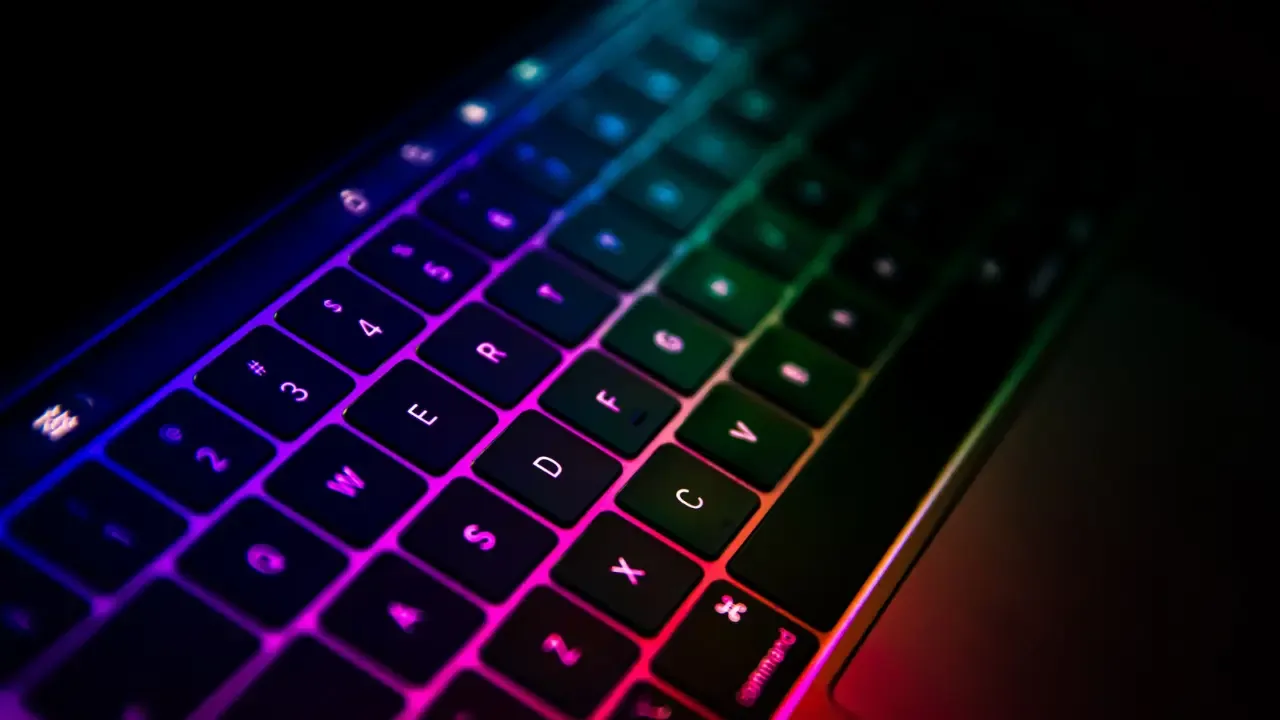iOS detect if user is on an iPad

📱 How to Detect If a User is on an iPad in iOS
Are you working on an exciting app that runs on multiple iOS devices like the iPhone, iPod Touch, and iPad? 🤔 If so, you might be facing a common issue: how to detect if the current device is an iPad. Don't worry, we've got you covered! In this blog post, we will explore easy solutions to this problem and help you make the necessary adjustments in your UIViewController. Let's get started! 💪
🤷♀️ Why Do You Need to Detect if the User is on an iPad?
Before diving into the solution, let's quickly understand why you might need to detect if the user is on an iPad. 🧐 Your app might have a different layout or require certain functionalities specific to the iPad, such as split-screen multitasking or utilizing the larger screen real estate. By knowing if the user is on an iPad, you can make these adjustments seamlessly.
💻 The Code to Detect an iPad
To detect if a user is on an iPad, you can use the following code snippet:
if UIDevice.current.userInterfaceIdiom == .pad {
// User is on an iPad
// Add your iPad-specific code here
} else {
// User is not on an iPad
// Add your iPhone/iPod Touch-specific code here
}The UIDevice.current.userInterfaceIdiom property provides an enumeration that represents the type of device the app is running on. By comparing it to .pad, we can determine if the user is on an iPad or not.
🛠️ Making Adjustments As Needed
Once you have determined if the user is on an iPad, you can make the necessary adjustments accordingly. Here are a few examples:
Layout Adjustments: You can modify the layout constraints to adapt to the larger screen size of the iPad. This might involve adjusting the spacing, font sizes, or rearranging certain elements on the screen.
Extra Functionality: If your app has iPad-specific features, you can enable those features only when running on an iPad. For instance, you might enable split-screen multitasking or provide additional options in the user interface.
App Flow: In some cases, you might even need to modify the app flow based on the device. For example, if your app is primarily designed for portrait mode on iPhones but supports landscape mode on iPads, you can adjust the app's behavior accordingly.
📣 Engage with us!
Congratulations, you now know how to detect if a user is on an iPad in your iOS app! 🎉 We hope this blog post was helpful in overcoming this common challenge.
Have you ever faced any issues while developing for multiple iOS devices? How did you handle it? Share your experiences and thoughts in the comments below! Let's learn from each other and make our apps shine on all devices! 💡💬
If you found this blog post useful, don't forget to share it with your fellow developers. Happy coding! 👩💻👨💻


